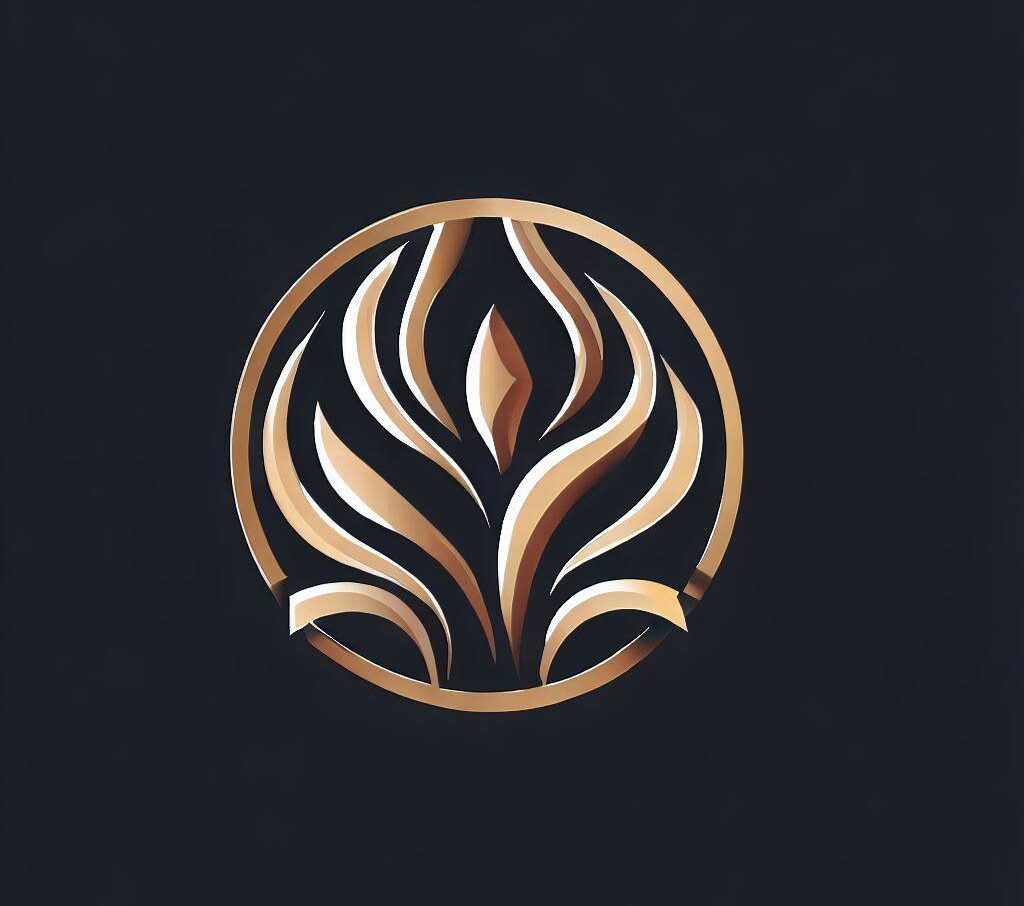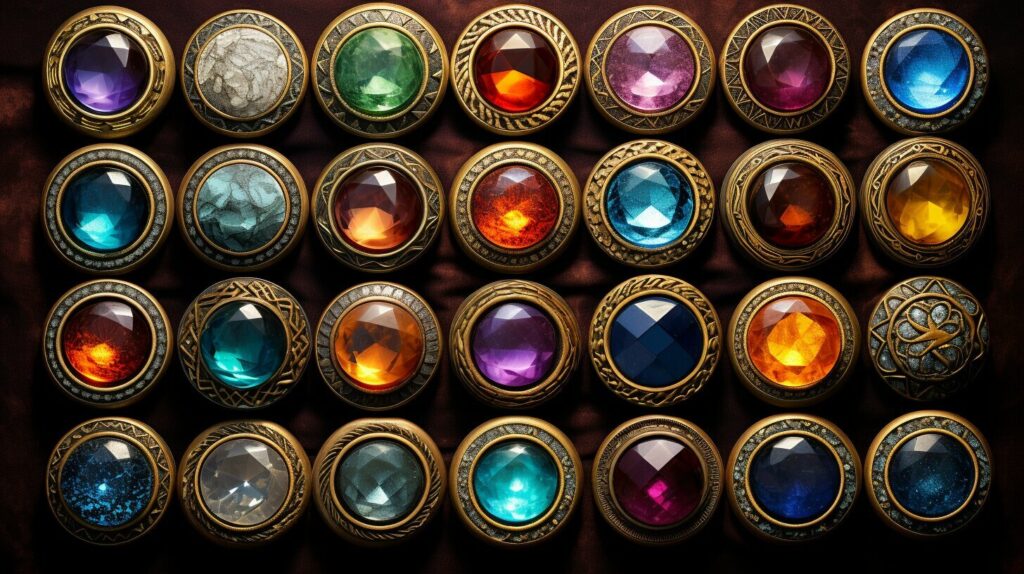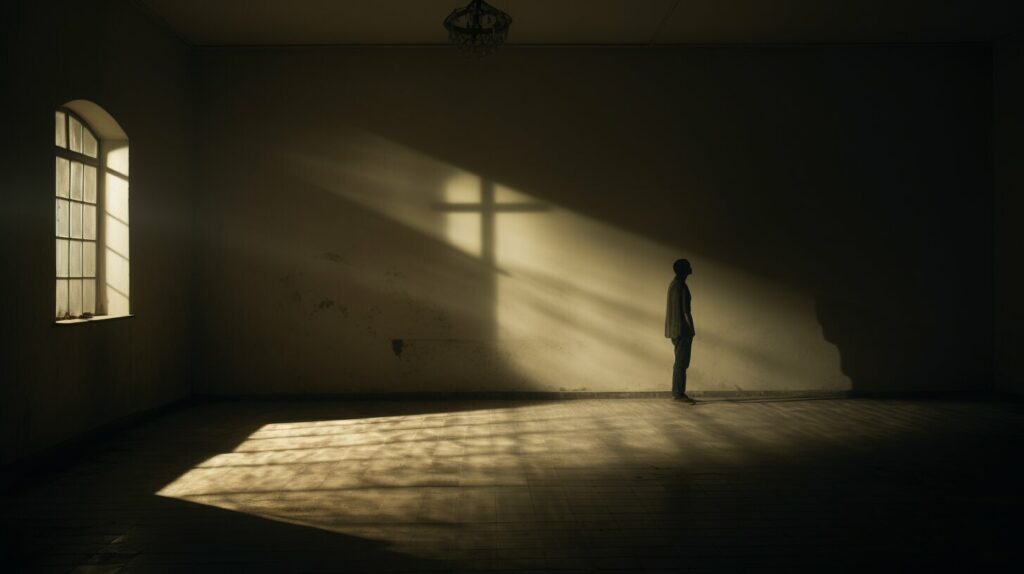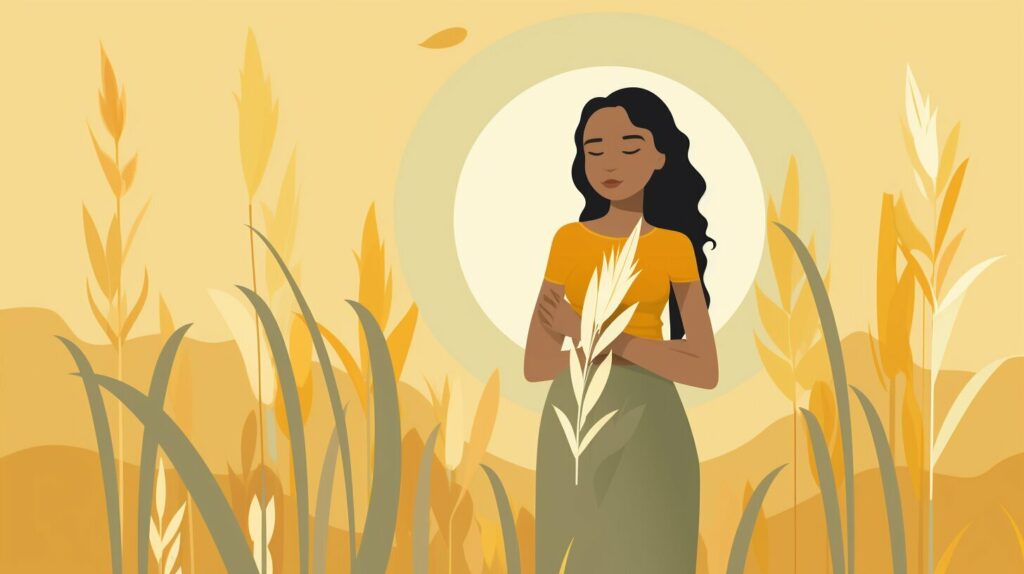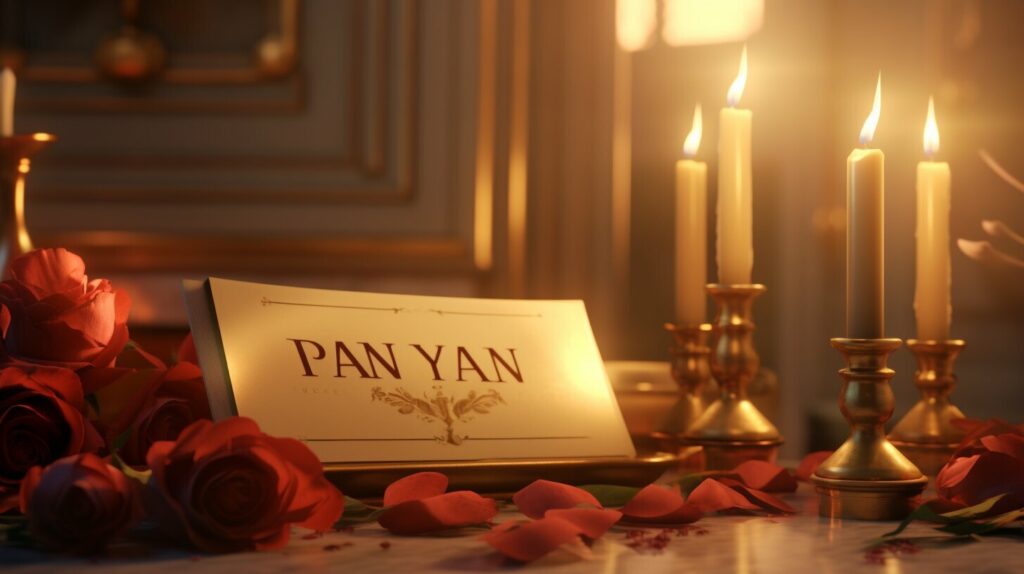Bible with us
Biblical Wisdom Online
Find Your God-Given Purpose in Life
How God Speaks to Us Through Symbols and Visions
Dreams are more than just random images that flash through your mind at night.
They can be a powerful way that God speaks to you, reveals His will, and shows you things that are hidden from your conscious awareness.
But how can you discern the biblical meaning of your dreams and apply them to your life?
Check our articles below!
Dream MeaningMysterious Biblical Numbers and Their Hidden Meanings
Numbers are more than just mathematical symbols in the Bible. They are also a way of communicating God’s message and revealing His plan for His creation.
Numbers have a deeper meaning and significance in the Bible than what we usually understand. They can represent God’s attributes, His actions, His promises, His judgments, and His purposes.
By studying the biblical meaning of numbers, we can gain insight into God’s character and will, and apply them to our own lives.
Bible Numbers MeaningPOPULAR ARTICLES
| BIBLCAL MEANING OF 11 | BIBLCAL MEANING OF 21 | BIBLCAL MEANING OF 24 |
| BIBLCAL MEANING OF 888 | BIBLCAL MEANING OF 33 | BIBLCAL MEANING OF 50 |
Biblical Creature Meaning You Need to Know
There’s more to the Good Book than meets the eye! Beyond the famous stories, the Bible contains hidden messages that reveal mind-blowing spiritual truths.
Scripture uses people, places and objects as everyday symbols with deeper meanings to teach us life lessons.
Now, newly discovered secrets unpack the eye-opening biblical code behind stuff like bread, clothes, water – even our own names!
Discover Hidden MessagesWHAT IS THE MEANING YOUR NAME IN BIBLE?

About Us
I met Carly in 2007 when she first came to work at Camp Tadmor.
We started putting our daily quiet times in blog form.
We were just doing it, and hadn’t really considered what would happen when we covered the whole Bible, because that seemed like a huge undertaking.
But we did it, because we stayed faithful to doing so every day for two years. Shway shway.
“BibleWithUs is more than just a blog. It is a journey through God’s Word, with insights, challenges, and encouragement along the way.”
– Carly Quote
